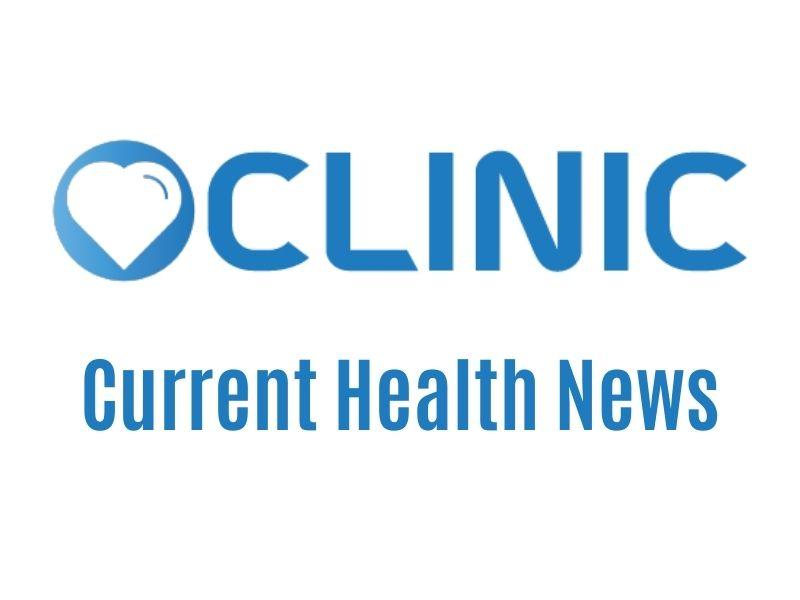Scoliosis is not a disease, it is a deformity, a deformity that occurs in a healthy spine structure. A normal spine is straight when viewed from behind, but curved when viewed from the side. While these folds are in the form of a slight hump on the back (kyphosis) and a dimple (lordosis) on the lumbar region, if there is scoliosis, a lateral and rotational three-dimensional curvature of the spine can be seen in the thoracic (thoracic) or lumbar (lumbar) regions. These bends can be in only one part of the spine, or they can be in multiple parts of the spine and in different directions. The most important factor determining the progression of scoliosis is the child’s physical development rate. It can be seen alone or together with kyphosis (an abnormal curvature from back to front) (Kyphoscoliosis).
The disease is more common in girls. Scoliosis exceeding 30 degrees is ten times more common in adolescent girls than boys. In our country, it has been determined that 2% of the spine curvatures are seen in the scans performed in children aged 12-14 years.
If young age scoliosis is not treated, it can cause lung and respiratory problems, heart problems, disability, rarely spinal cord compression and paralysis in very advanced deformities, and often serious cosmetic and psychological problems.
When it comes to scoliosis treatment, the aim is to provide a cosmetically smooth, balanced and painless spine structure and to prevent additional problems that may occur. Early diagnosis helps prevent progression by detecting the curvature at a younger age and taking the necessary precautions. Each patient should be evaluated individually in diagnosis and treatment. In general, if scoliosis occurs at a young age, the degree of skeletal maturation, double curvature, excess curvature angle may be a warning that the disease may progress. These patients are followed more closely by a specialist physician. In patients below 20 degrees and close to completion of skeletal development, only observation and control at regular intervals is sufficient. Observation continues until the patient completes his skeletal system development.

